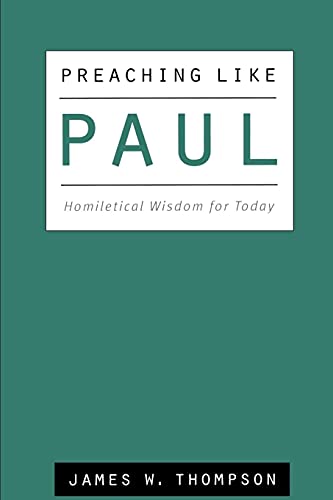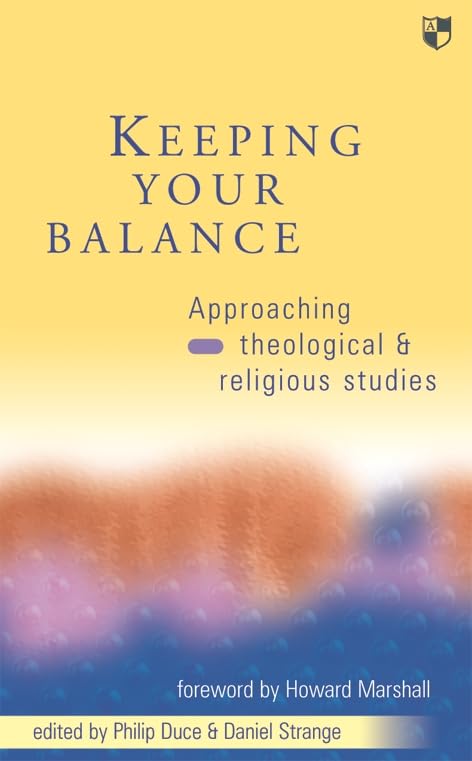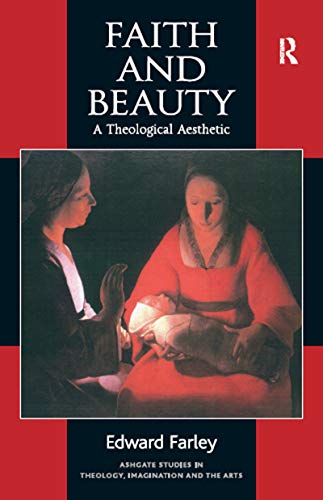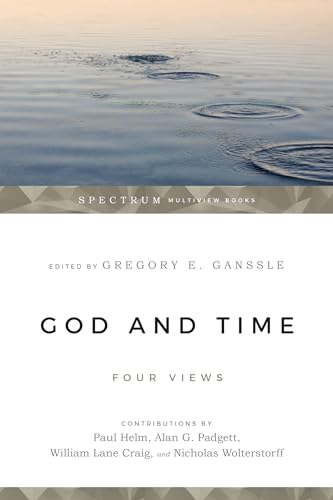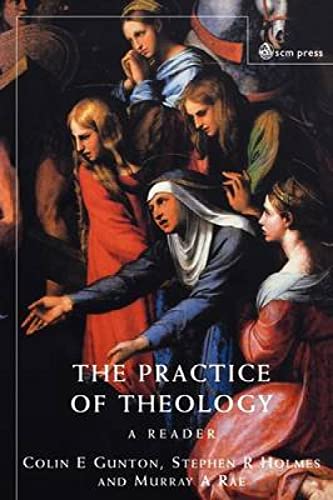HISTORY OF THE WORLD CHRISTIAN MOVEMENT. VOLUME 1: EARLIEST CHRISTIANITY TO 1453
Written by Dale T. Irvin and Scott W. Sunquist Reviewed By Nick NeedhamThe idea behind this new series on Church history is sane and enriching. Most Church histories focus almost exclusively on Europe: usually Western Europe, with the Eastern Church being relegated to a few footnotes after John of Damascus (and in many textbooks, with the English-speaking world soon emerging as the true theatre of God’s purposes). Irvin and Sunquist, assisted by 43 consulting scholars from a confessionally and geographically ecumenical spectrum, laudably eschew this Euro- and Anglo-centrism. Their aim is to tell the story, or stories, of Christianity on a more global basis, including events and personalities in regions and cultures where the Church historically existed but which are commonly passed over in complete silence by 99% of treatments. (I confess my own guilt.) In this first volume they take us up to 1453, the date of the fall of Constantinople to the Ottoman Turks and hence the end of the Byzantine Empire.
The aim is noble; and in this reviewer’s opinion, by far the best sections of the book are exactly those that lead us outside Europe, Russia, and the Middle East (covered extensively in many other Church histories), into the more exotic realms of Persia, India, China, and Africa (Ethiopia and Nubia). The book is well worth having for these chapters alone. Certainly it should be in every theological library. It is also refreshingly balanced in its coverage of Eastern Orthodoxy as well as the more familiar tale of Western Catholicism.
So far, we may be justly impressed. There are, however, several stings in the tail.
First, when Irvin and Sunquist deal with the more well-known story of European Church history, the massive scope of their work means that it receives a far less detailed and colourful presentation than one will find in many of the standard textbooks. If your objective is a through grounding in Western European Church history, Irvin and Sunquist will not adequately deliver the goods. You must turn to the more Euro-centric histories.
Second, the reader should be forewarned that there is a strong and pervasive feminist viewpoint in this book, which some may find theologically distasteful (especially as it is so insistent), but which—more importantly—leads Irvin and Sunquist into a host of dubious interpretations and unbalanced perspectives. As a prime example of a dubious interpretation, on page 63 they assert without any supporting evidence that, ‘An early Syriac liturgy calls upon God as both Father and Mother to descend upon the [eucharistic] elements. Such a bold statement requires as a base minimum a footnote telling us where we may find this liturgy and verify the provocative claim. But Irvin and Sunquist, give us nothing. It seems we have to take their word for it. That is very bad scholarship. Moreover, I have not, nor have those of my colleagues with whom I conferred, been able to discover this liturgy. The Christian Syriac scholars I checked with came to the conclusion that the reference may well be to a Gnostic liturgy. If so, Irvin and Sunquist have been quite disingenuous in their presentation. As a prime example of unbalanced feminist perspective, they give us a mere half a page (224–28) on Ambrose of Milan, one of the most potent formative influences on Western theology and worship, followed by four pages on the women, Marcella, Paula, and Melania, who (however pious they were) simply make no comparable contribution. This may be chivalrous, but it is historically and theologically ridiculous.
Third, there are some superficial or downright misleading accounts of theological matters. For instance, their treatment of Pelagianism, the filioque clause, and Anselm of Canterbury’s concept of atonement, would all fall into this category, in my judgement. Generally the book simply will not stand up as a history of doctrine.
So, overall, the praiseworthy experiment in global Church history has somewhat misfired for reasons of ideological bias and (sometimes) poor theological understanding. Nonetheless, the experiment was worth attempting, volume 2 may be an improvement, and we are certainly in Irvin and Sunquist’s debt for opening up fascinating vistas on Persian, Indian, Chinese, and African Christianity in this period. If you use this book as a supplement to other more solid European studies, it will perform an invaluable service. But if you don’t care for feminism, remember to keep an eye on your blood pressure.
Nick Needham
Highland Theological College, Dingwall



